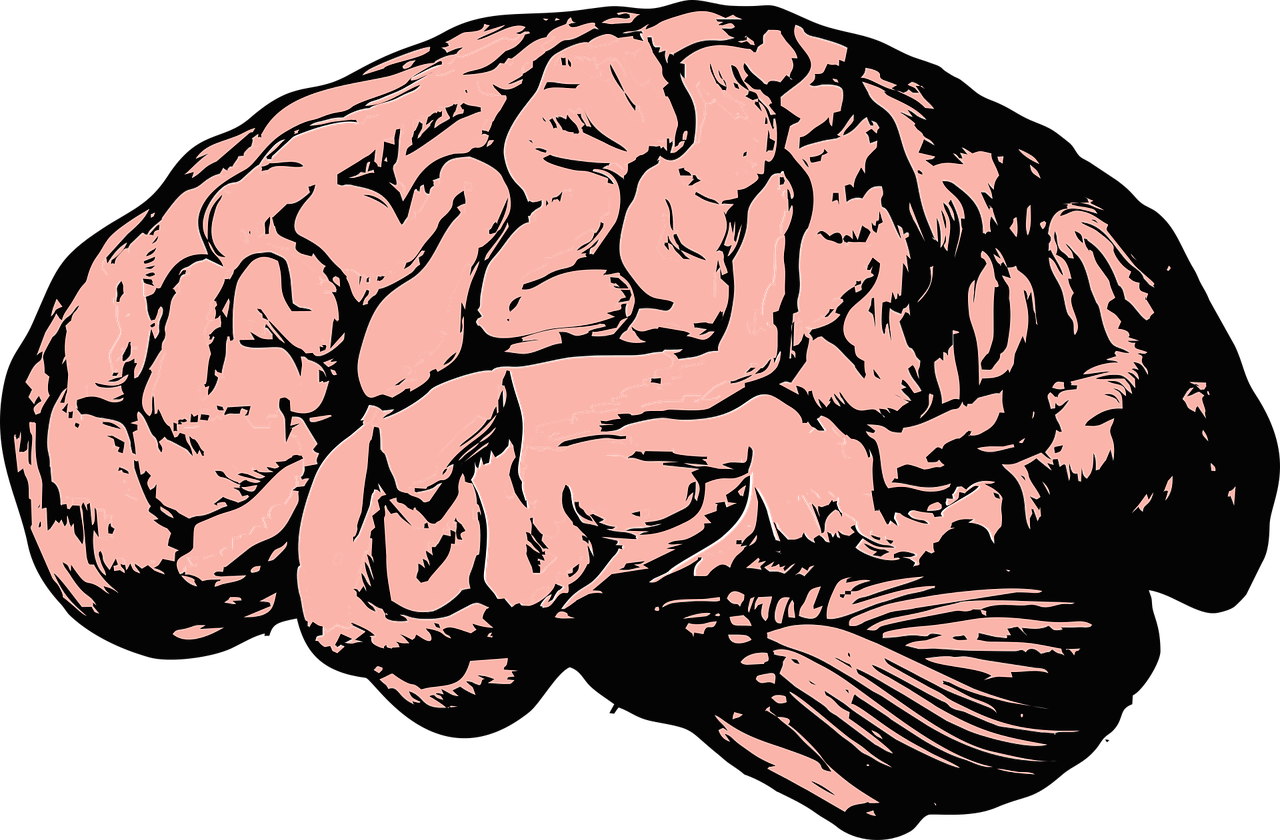
A Team of Scientists Have Made Another “Breakthrough” In Alzheimer’s Research
Alzheimer’s disease now affects approximately 5.7 million Americans. However, a new discovery may improve future treatment options. Referred to as a “breakthrough” in Alzheimer’s research, researchers now understand the properties of the metals that impact the progression of the disease.
A Major Alzheimer’s Discovery Could Support Future Treatment Options
An international team of researchers recently characterized iron species linked to plaques in the brain. These plaques are abnormal clusters of proteins, which result in toxicity and cell death.
Upon studying brains impacted by Alzheimer’s, the team found that a number of chemically-reduced iron species occur in these hallmark amyloid protein plaques. Not commonly found in the brain, these species include magnetite (a magnetic iron oxide).
This discovery supports their previous findings, thanks to the latest technology. By using the Diamond Light Source 108 beamline located in Oxfordshire, the team found detailed evidence that these types of processes took place in the brains of people with Alzheimer’s. These also used the Advanced Light Source in Berkeley (a state-of-the-art X-ray microscopy).
The team observed the presence of both iron and calcium minerals in amyloid plaques. The team is suggesting that the interactions between amyloid and iron that form these iron species, may contribute to the level of toxicity associated with the development of Alzheimer’s.
By understanding how these metals relate to the progression of Alzheimer’s, this could lead to the development of unique, effective therapies. Their findings were published in the journal Nanoscale.
The Link Between Iron and the Brain

Image via Pixabay
Iron is essential for a number of bodily functions, including your body’s ability to produce oxygen-carrying red blood cells. However, iron deficiency is a major issue across the globe. As stated in this review, an average of 5.6 percent of the American population is anemic and an additional 1.5 percent met the criteria for moderate-severe anemia.
Although anemia tends to be the most well-known issue surrounding low iron levels, cognitive issues also occur. Associated with lower IQ and development delays in children, symptoms of an iron deficiency in adulthood are often neurological.
Some of the most common signs of an iron deficiency include fatigue, anxiety, insomnia, and brain fog. This is due to issues with neurotransmitter signaling, as well as energy metabolism in the brain, and the formation of myelin. If at any point you feel as though your level of cognitive thinking has diminished, it is important that you address your concerns. That is why we recommend the BrainTest® app. Learn more about this self-assessment tool here.
In contrast to an iron deficiency, researchers have found that people living with Alzheimer’s have higher levels of iron in their brains. As discussed above, it is now believed that an excess of iron may contribute to the onset and progression of the disease. However, excess iron in the brain is not a result of one’s diet. The true cause remains unclear at this time.
Researchers Are Making More and More “Breakthrough” Discoveries
As research and technology advance, scientists are able to make more in-depth discoveries. In many cases, these discoveries are an accident. For example, this past January, researchers found a potential treatment option for Alzheimer’s while testing an existing drug intended for type 2 diabetes.
Known as a “triple receptor drug,” this potential treatment protects the brain from degeneration in a number of ways. For this study, the researchers observed transgenic mice with the same mutated genes that cause Alzheimer’s in human subjects. After treating the mice, learning and memory formation improved. They also showcased increased levels of brain growth factors, reduced inflammation, and a reduction in the number of amyloid plaques.
This discovery not only opened up new potential treatment options but also strengthened the connection between diabetes and Alzheimer’s. It is well-understood that type 2 diabetes is a significant risk factor for Alzheimer’s. This is why you must effectively manage your weight and blood glucose levels. For those who are prediabetic, it is critical that you alter your current lifestyle. After all, as many as 9 out of 10 cases of type 2 diabetes is preventable.
Related: A Diabetes Drug Has Been Shown to Improve Memory Loss in Mice
As researchers around the globe continue to dedicate their time and resources to Alzheimer’s, we will continue to see progress. Alzheimer’s is an incredibly complex disease and in order to effectively cure it, treatment will likely require a multifaceted approach. We will continue to bring you the latest in Alzheimer’s and dementia research.
Please follow both our Knowledge Center and blog for more information. If you have any questions about the BrainTest® app, our support team will happily assist you.